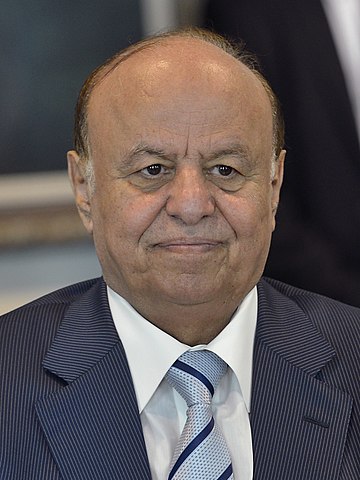The Yemeni Civil War is a complex and ongoing conflict that has had devastating humanitarian consequences. Here’s an overview of the war, including key players, conflicts, and the humanitarian crisis:
Key Players:
- Hadi Government: The internationally recognized government of Yemen, led by President Abdrabbuh Mansur Hadi. It is supported by a coalition of Arab states, led by Saudi Arabia and the United Arab Emirates.

Houthi Rebels: The Houthi movement, also known as Ansar Allah, is a Shiite Muslim rebel group that controls much of northern Yemen, including the capital, Sanaa. The group is aligned with Iran and opposes the Hadi government.
- Southern Transitional Council (STC): This separatist group seeks independence for southern Yemen and has at times clashed with both the Hadi government and Houthi rebels.
- Saudi Arabia and UAE: These countries lead a coalition of Arab states that supports the Hadi government and conducts military operations against the Houthi rebels.
- Iran: Iran has provided support to the Houthi rebels, including weapons and training. While Iran’s involvement is often cited by the coalition as a reason for intervention, the extent of Iranian influence over the Houthis is debated.
- Al-Qaeda in the Arabian Peninsula (AQAP): This extremist group has taken advantage of the chaos in Yemen to expand its presence in the country. It has been targeted by both Houthi rebels and the Hadi government, as well as by U.S. counterterrorism efforts.
Conflicts:
- Houthi Insurgency: The Houthi rebels, who belong to the Zaidi Shiite sect, launched an insurgency against the Yemeni government in the early 2010s. They took control of Sanaa in 2014 and later forced President Hadi into exile.
- Saudi-led Coalition Intervention: In March 2015, Saudi Arabia and the UAE formed a coalition and launched a military intervention in Yemen to restore the Hadi government. The coalition has conducted airstrikes and provided ground support to pro-Hadi forces.
- Humanitarian Crisis: The conflict has led to a severe humanitarian crisis, including widespread famine, cholera outbreaks, and a lack of access to healthcare and clean water. Millions of Yemenis are in urgent need of humanitarian assistance.
- Proxy War: The Yemeni Civil War has been characterized as a proxy war between regional rivals Saudi Arabia and Iran. Both countries support opposing sides in the conflict, exacerbating tensions in the region.
Humanitarian Crisis:
- Famine: Yemen is experiencing one of the world’s worst famines, with millions of people facing severe food insecurity. The war has disrupted food production, distribution, and access, leading to widespread malnutrition and starvation.
- Cholera Epidemics: Yemen has faced multiple cholera outbreaks, with a collapsing healthcare system and lack of access to clean water contributing to the spread of the disease.
- Displacement: The conflict has forced millions of Yemenis to flee their homes, either within Yemen or to neighboring countries. Displaced populations often face dire living conditions.
- Healthcare Crisis: Hospitals and clinics have been damaged or destroyed in the fighting, and healthcare professionals have fled, leaving many Yemenis without access to medical care.
- Economic Collapse: The war has decimated Yemen’s economy, leading to skyrocketing unemployment, inflation, and a collapse in the value of the Yemeni rial.
- Children and Education: The humanitarian crisis has taken a particularly heavy toll on children, with many suffering from malnutrition, lack of access to education, and exposure to violence.
The Yemeni Civil War remains a dire and complex conflict with no easy solution. Efforts to reach a political settlement and provide humanitarian assistance to the Yemeni people continue, but the situation remains precarious, with profound consequences for Yemen and the broader region.











